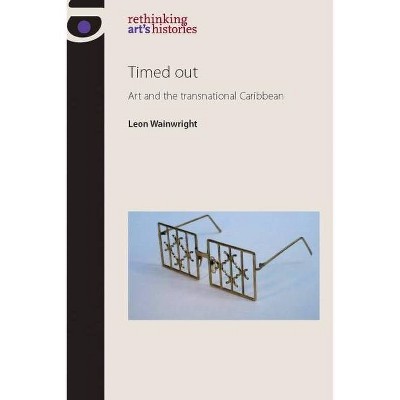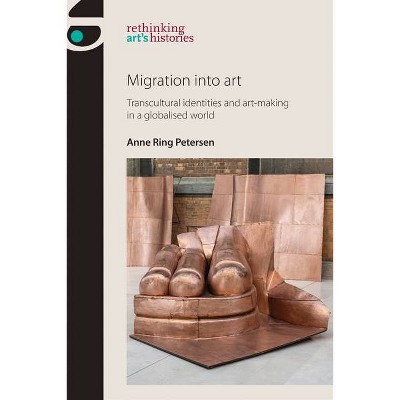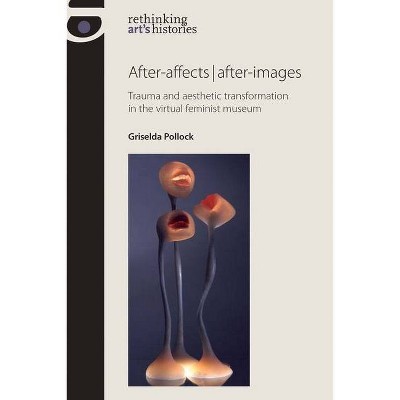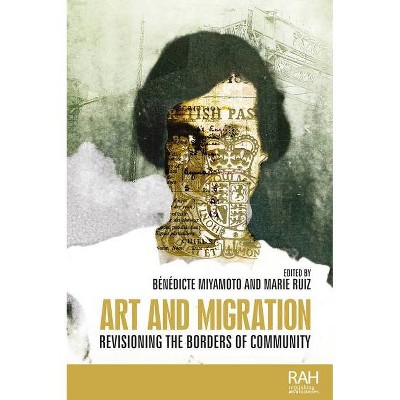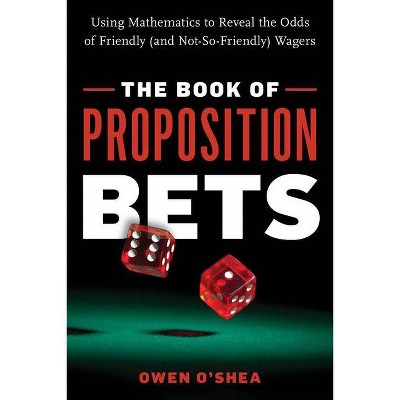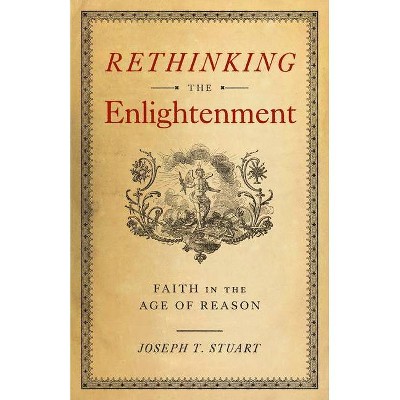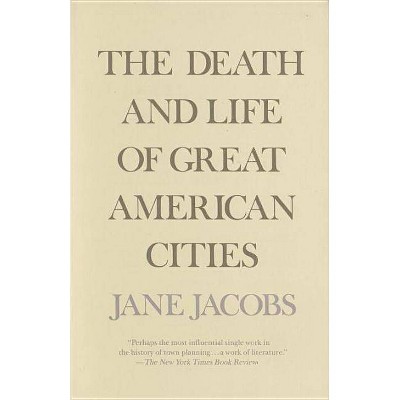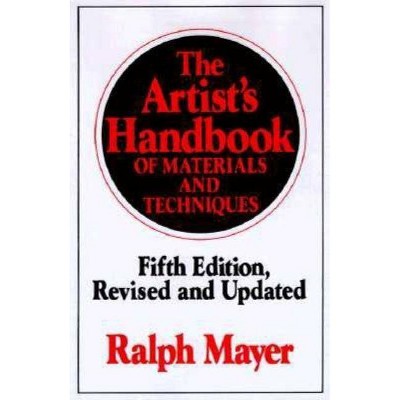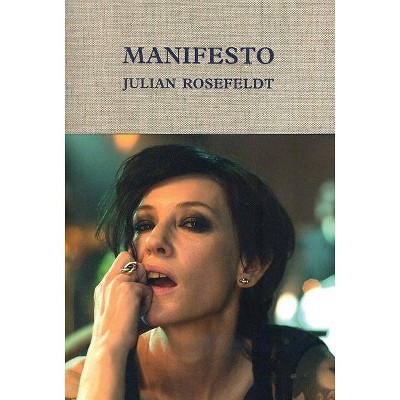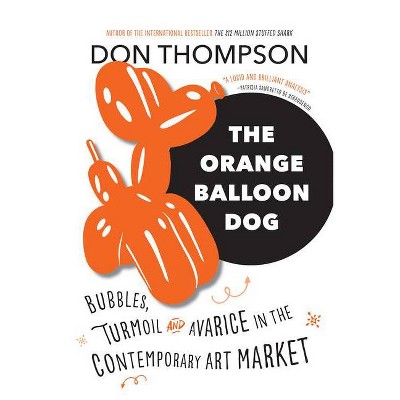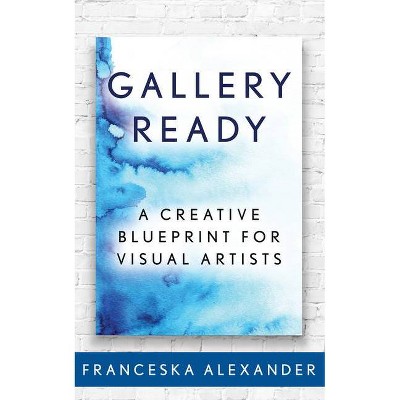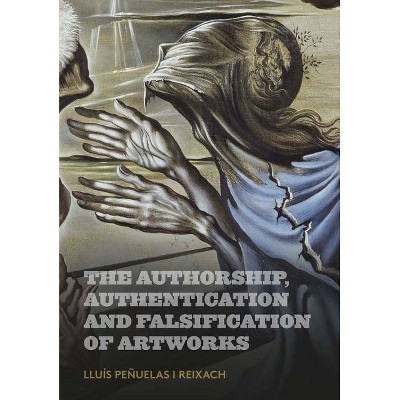The synthetic proposition - (Rethinking Art's Histories) by Nizan Shaked (Paperback)
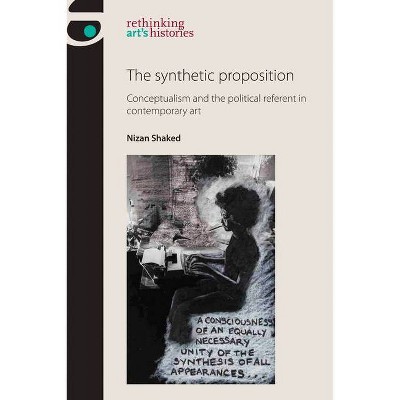
Similar Products
Products of same category from the store
AllProduct info
<p/><br></br><p><b> About the Book </b></p></br></br>Traces two intersecting trajectories in American art. It shows how rights-based 1960s politics and the identity politics of the 1970s influenced the development of Conceptual art (with a capital 'C') into the diverse set of practices generally characterised as conceptualist (with a lower-case 'c').<p/><br></br><p><b> Book Synopsis </b></p></br></br><p><em>The synthetic proposition </em>examines the impact of Civil Rights, Black Power, the student, feminist and sexual-liberty movements on conceptualism and its legacies in the United States between the late 1960s and the 1990s. It focuses on the turn to political reference in practices originally concerned with abstract ideas, as articulated by Joseph Kosuth, and traces key strategies in contemporary art to the reciprocal influences of conceptualism and identity politics: movements that have so far been historicised as mutually exclusive. The book demonstrates that while identity-based strategies were particular, their impact spread far beyond the individuals or communities that originated them. It offers a study of Adrian Piper, David Hammons, Renée Green, Mary Kelly, Martha Rosler, Silvia Kolbowski, Daniel Joseph Martinez, Lorna Simpson, Hans Haacke, Andrea Fraser and Charles Gaines. By turning to social issues, these artists analysed the conventions of language, photography, moving image, installation and display.</p><p/><br></br><p><b> From the Back Cover </b></p></br></br><i>The synthetic proposition </i>examines the impact of Civil Rights, Black Power, and the student, feminist and sexual-liberty movements on conceptualism and its legacies in the United States between the late 1960s and the 1990s. It focuses on the turn to political reference in practices originally concerned with philosophically abstract ideas, as articulated by Joseph Kosuth, and traces key strategies in contemporary art to the reciprocal influences of conceptualism and identity politics, movements that have so far been historicised as mutually exclusive. A vast delta lies between the river of conceptualism and that of identity politics; this book traces some of the major streams that have flowed between, and demonstrates that while identity-based strategies were particular, their impact spread far beyond the individuals or communities that originated them. Commencing with the early oeuvre of Adrian Piper, a first-generation Conceptual artist, this book offers a study of interlocutors that expanded the practice into a broad notion of conceptualism, including David Hammons, Renée Green, Mary Kelly, Martha Rosler, Silvia Kolbowski, Daniel Joseph Martinez, Lorna Simpson, Hans Haacke, Andrea Fraser, and Charles Gaines. By turning to social issues, these artists analysed the cultural conventions embedded in modes of reference and representation such as language, writing, photography, moving image, and installation and exhibition display. Influenced by the social movements of the 1960s, they used them as models towards a cross-identity politics, where the issue is not one's sense of self, but the positing of identity as a universal principle.<p/><br></br><p><b> Review Quotes </b></p></br></br><br>'Nizan Shaked's approach to Conceptual art is original, eloquent and informed by a quality of thought and scholarship that will set a new standard of excellence for work on this subject. Her grasp of the field is both capacious in its breadth and erudite in its depth and attention to artistic and historical detail. It is full of original insights - all delivered to the reader in unusually graceful prose. This book promises to be a ground-breaker.' <i>Adrian Piper </i>'The premise of The Synthetic Proposition takes some of its cues from Joseph Kosuth's ideas on art and philosophy. This coupled with an historical lens focusing specifically on marginalized groups such as the Black Panthers and the Gay Rights Movement beginning during the American Civil Rights era to help support the parallel trajectory of art during this period. A large component of Shaked's proposition is if Conceptual Art is a 1960s entity, then conceptualism is the natural offspring resulting from identity politics and early forms of feminist intersectionality paired with artistic practice. Shaked carefully lays out the distinctions and argues for another way of historicizing late 1960s to 1990s art practices, besides the more common dichotomy of those practicing art for art's sake and so-called political art.' Jasper Lastoria, ARLIS/NA (January 2018)<br><p/><br></br><p><b> About the Author </b></p></br></br>Nizan Shaked is Associate Professor of Contemporary Art History, Museum and Curatorial Studies at California State University, Long Beach
Price History
Price Archive shows prices from various stores, lets you see history and find the cheapest. There is no actual sale on the website. For all support, inquiry and suggestion messages communication@pricearchive.us
